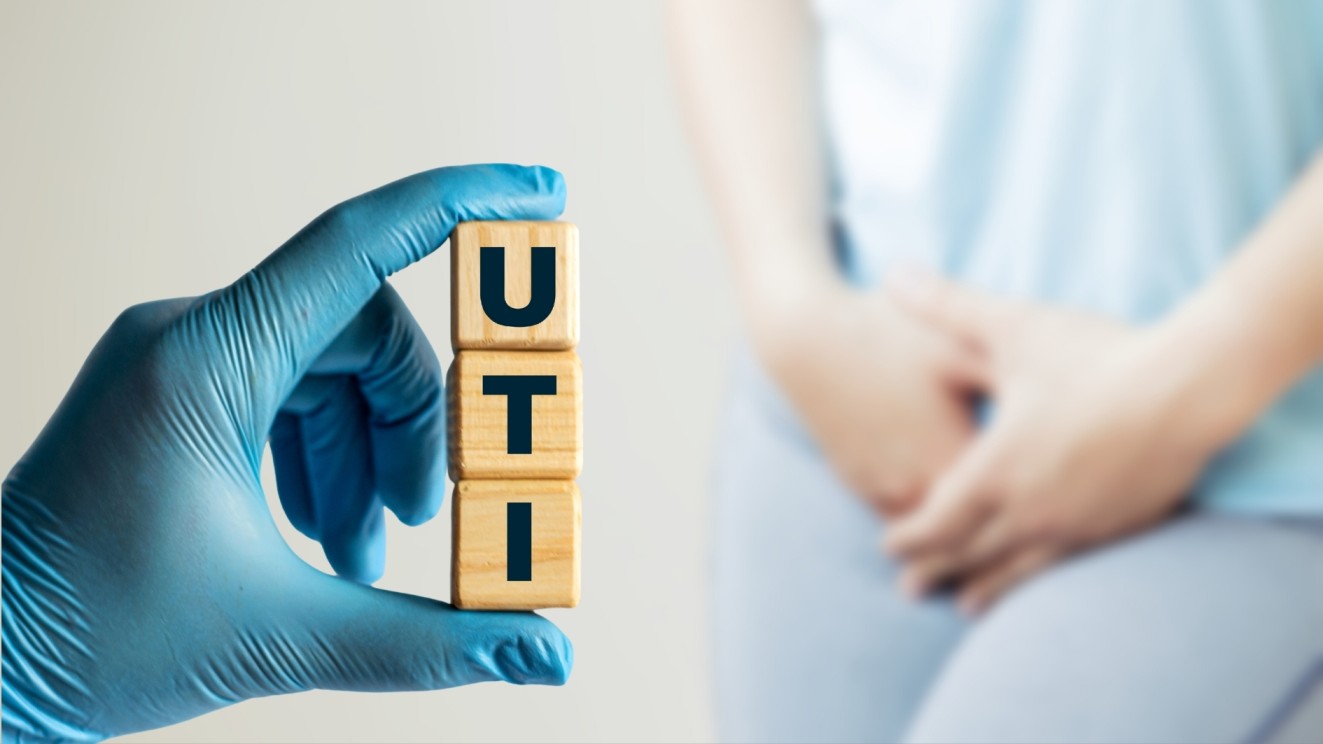To read part 1, click here.
Correct diagnosis of a kidney stone has magnificent importance for the treatment and prevention of kidney stones; thus, lots of care is put into the process of diagnosing kidney stones.
Doctors benefit from these factors to diagnose a kidney stone:
After asking about your previous medical history and running a physical examination, your doctor will use these Diagnostic tests and procedures to diagnose kidney stones:
Choosing the right treatment for a patient's kidney stone varies and depends on:
To find a suitable treatment for each patient a correct diagnosis is quite necessary.
With these factors in mind and after a diagnosis, a doctor may choose one of the following treatments:
A. If the size of the stone is relatively small:
Stones less than 4-5 millimeters in diameter will usually pass out of the body on their own and they don't need invasive treatments. Your doctor may recommend:
B. If the stone is not large for surgery to be involved (Medium sized stones, relatively):
Stones which are slightly larger than 5 millimeters usually can't pass out on their own and require a few medical interventions, for the treatment of these kinds of stones your doctor may recommend:
1. Medications such as:
2. Shock-wave lithotripsy:
another option is pulverizing stones with soundwaves. Extracorporeal shock wave lithotripsy uses high-intensity pulses of focused ultrasonic energy aimed directly at the stone. These pulses produce vibrations inside the stone itself and crush the stone into smaller pieces that can pass out of the body spontaneously.
But if the size of the stone is bigger than 10mms shock-wave lithotripsy won't be effective so more invasive treatments are necessary.
3. Using a ureteroscopy to remove stones:
this option includes using an endoscope is inserted through the ureter to remove the stone. Once the endoscope reaches the stone, special tools can catch the stone or break it into pieces. Afterwards A rigid small tube called a stent can be placed inside the ureter to relieve swelling and promote healing.
4. Using optical fibers:
Another treatment option is to use Optical fibers that can deliver laser pulses to break up the stone.
Stones can also be surgically removed through an incision in the patients back or groin if the previous treatments have failed or for some reason don't seem fit to be tried.
Open stone surgery is a final resort when it comes to treating kidney stones, but it still has a place in the treatment of stone disease.
Your doctor may decide on open stone surgery when the previous treatments have failed or the previous treatments cannot be used due to anatomic reasons (e.g. pelviureteral junction [PUJ] obstruction) that Make it impossible to use the other minimally invasive methods.
For those who get a kidney stone in their lifetime, chances are high that they will be diagnosed with another kidney stone in the future, thus prevention plays an important role in decreasing the chance of stone reoccurrence.
Doctors may recommend one of the following to prevent kidney stones:
If a stone gets big enough to actually block the flow of urine, it can create an infection or a back flow and damage the kidneys themselves.
If the kidney damage is permanent kidney stones will cause the initiation of chronic kidney disease.
If stones are left untreated, they can also cause urinary tract infections and acute kidney injury (traditionally called acute kidney failure).
1. Karl Skorecki, Glenn M. Chertow et al., Brenner & Rector's the Kidney, 10th edition, Philadelphia, United States of America, Elsevier, [2016]
2. John Feehally et al., Comprehensive Clinical Nephrology, 6th edition, Philadelphia, United States of America, Elsevier -Health Sciences Division, [2018]
3. Christopher S. Wilcom et. al., Therapy in Nephrology and Hypertension- A Companion to Brenner & Rector's the Kidney, 3rd Edition, Philadelphia, United States of America, Saunders/an imprint of Elsevier, [2008]
Kidney stones are solid masses of crystals which tend to form inside the kidneys, their constituents include minerals and salts.

An infection of the urinary system is called UTI, Symptoms of UTI vary according to the part of the urinary tract that is infected,

The urethra is a muscular canal that extends from the neck of the bladder to the exterior of body. Read more about the anatomy of urethra in this article.

Chronic kidney disease (CKD) is a disease in which irreversible damage to the kidneys leads to a reduction in kidney function. CKD has 5 stages and many complications.

Learn about medical uses, safety profile, mechanisms and interactions of statins.

Comprehensive guide on Ozempic (semaglutide), including its uses, dosage, side effects, warnings, and interactions.
.png)